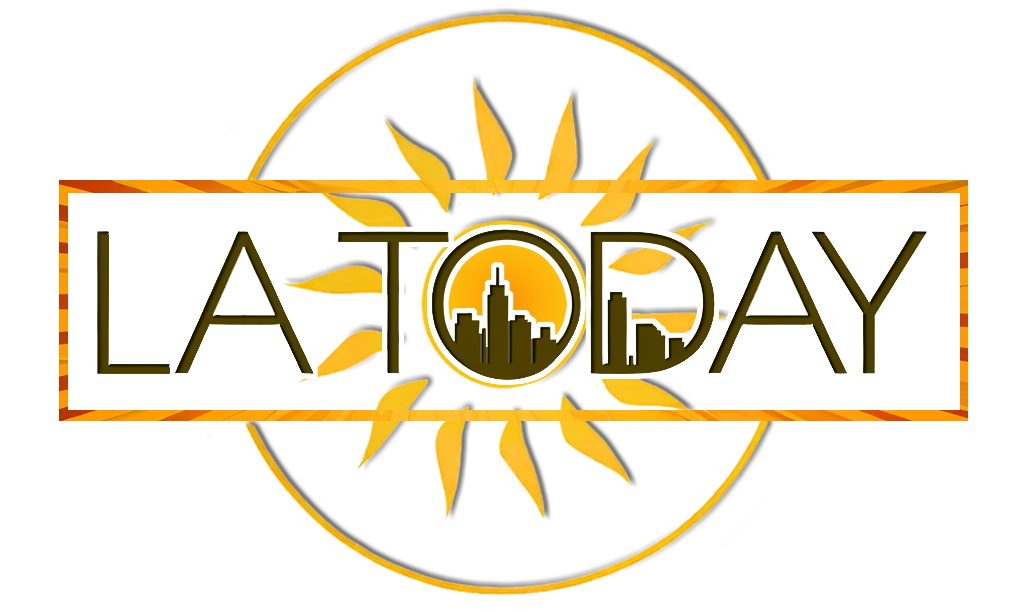Understanding the Complex Landscape of Open Source Software
The debate surrounding open source software often invokes passionate discussions about its legal definitions, cultural implications, and the underlying philosophies that guide its use and development. The Open Source Initiative (OSI) plays a crucial role in this discourse, providing a formalized definition of what constitutes “open source.” However, the conversation becomes tangled when we juxtapose legal definitions with the spirit of open source, leading to nuanced questions about transparency, community engagement, and the potential commercialization of open source projects.
The Essence of Open Source: More Than Just Licenses
At its core, open source software allows users to access, modify, and distribute code freely. However, the essence of open source transcends mere legal rights. The culture surrounding open source emphasizes collaboration, transparency, and community governance. As such, the conversation often shifts from whether a piece of software is open source to how genuinely open and inclusive its development process is.
Take the Android Open Source Project (AOSP) as a prime example. While AOSP is available under the permissive Apache 2.0 license, enabling anyone to access and modify the code, the reality is more complex. Google, which oversees AOSP, has established “anti-fragmentation agreements” with hardware manufacturers, restricting their ability to create forked versions of Android. This raises pertinent questions about the true openness of the platform. Luis Villa, co-founder and general counsel at Tidelift, highlighted this paradox during a panel discussion at the State of Open Con25, stating, “Android, in a license sense, is perhaps the most well-documented, perfectly open ‘thing’ that there is…but good luck getting a patch into that, and good luck figuring out when the next release even is.”
The tension between legal openness and practical accessibility reveals a critical aspect of the open source debate. Many believe that genuine engagement with the community is essential for a project to be considered truly open source. Peter Zaitsev, founder of Percona, emphasized this point, stating, “If you think about the practical accessibility of open source, it goes beyond the license, right? Governance is very important, because if it’s a single corporation, they can change a license like ‘that.’”
The Role of Governance in Open Source Projects
Governance plays a pivotal role in determining how open source projects operate and evolve. Projects governed by a single entity may appear open on the surface but can restrict community input and influence. This raises concerns about the long-term viability of such projects, particularly when commercial interests take precedence over community needs. Dotan Horovits, an open source evangelist at the Cloud Native Computing Foundation (CNCF), expressed this concern, suggesting that “vendor-owned open source” may indeed be an oxymoron.
As the landscape of open source evolves, these discussions become increasingly relevant. The emergence of artificial intelligence (AI) has further complicated the definition of open source. Major players in the tech industry are now navigating the complexities of open source AI models, raising questions about transparency, accessibility, and ethical use of data.
The AI Revolution and Open Source
The rise of AI technologies has brought open source into the spotlight, with many organizations touting their AI models as “open source.” However, the reality often falls short of this label. For example, China’s DeepSeek made headlines for leveraging open source hype. While the models are indeed released under recognized MIT licenses, crucial components such as training data remain shrouded in opacity. In response, researchers at Hugging Face are striving to create a more transparent version of DeepSeek’s reasoning model.
Meta, too, has positioned its Llama-branded large language models (LLMs) as open source. However, many experts, including Luis Villa, argue that Llama does not meet the criteria of true open source, stating, “I have my quibbles and concerns about the open source AI definition, but it’s really clear that what Llama is doing isn’t open source.” Emily Omier, a consultant for open source businesses, echoed this sentiment, emphasizing that attempts to redefine open source highlight its significance in today’s technological landscape: “It goes to show how strong the brand of open source is — the fact that people are trying to corrupt it, means that people care.”
Regulatory Implications and the Future of Open Source
As the tech industry grapples with the implications of AI, regulatory frameworks are beginning to take shape. The EU AI Act includes a provision for “free and open source” AI systems, potentially influencing how companies approach open source models. Villa pointed out that the regulatory landscape could prompt companies to redefine what they consider open source, creating further confusion and potential dilution of the term.
Despite the challenges posed by commercial interests and regulatory pressures, there is a growing consensus on the need for clear parameters around the definition of open source. Stefano Maffulli, executive director at the OSI, emphasized the importance of having objective criteria, stating, “The point of having definitions is to have criteria that can be scored, and focusing on licensing is how that is accomplished.”
The Future of Open Source: Balancing Legal Definitions and Community Spirit
The ongoing discussions about open source software reflect a broader cultural shift toward collaborative development and community engagement. As the landscape evolves, it is essential to balance legal definitions with the spirit of open source to ensure that projects remain accessible, transparent, and inclusive.
One of the key challenges lies in ensuring that governance structures allow for meaningful community involvement. Open source projects that prioritize community input are more likely to thrive and maintain long-term viability. Conversely, projects that prioritize corporate interests may risk alienating their user base and stifling innovation.
In the face of these challenges, the open source community must continue to advocate for transparency, inclusivity, and ethical practices. By fostering a culture of collaboration and accountability, the community can help ensure that open source remains a powerful force for innovation and social good.
Conclusion
The debate surrounding open source software encompasses a wide range of legal, cultural, and ethical considerations. While the OSI provides a formal definition of open source, the conversation extends beyond mere licenses to encompass the spirit of collaboration, transparency, and community governance. As the landscape continues to evolve, particularly with the rise of AI, it is crucial to navigate these complexities and advocate for an open source ecosystem that prioritizes accessibility, inclusivity, and ethical practices. By doing so, the open source community can continue to thrive and drive meaningful change in the tech industry and beyond.





